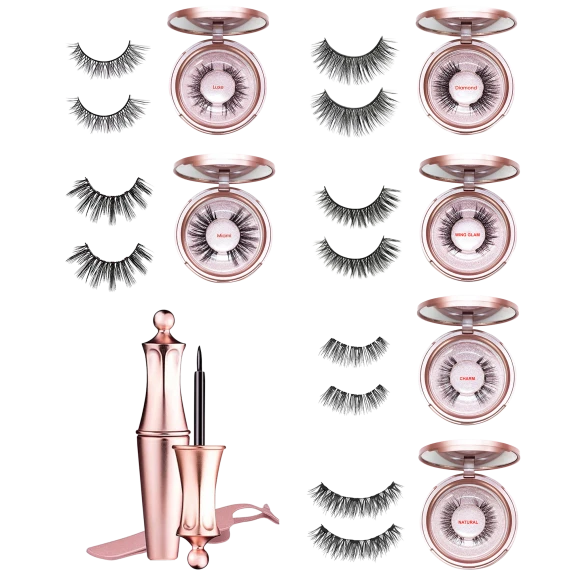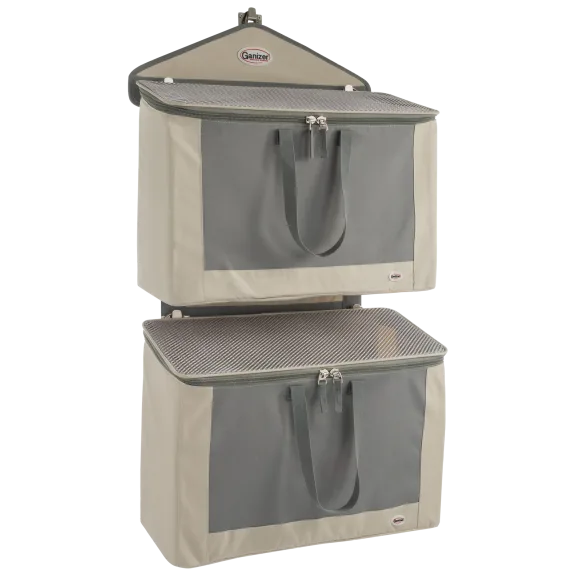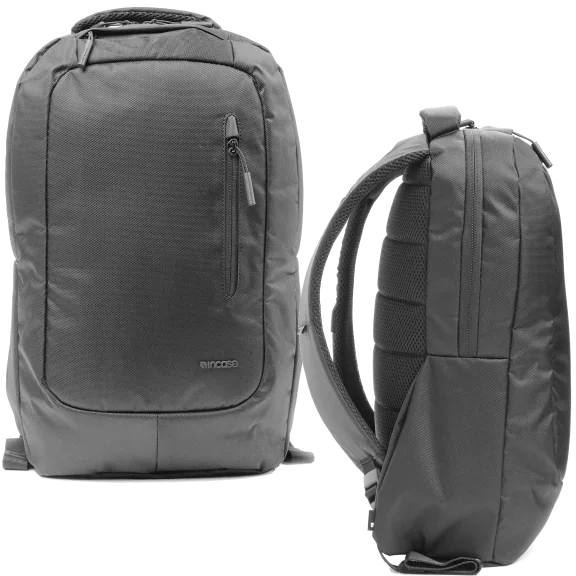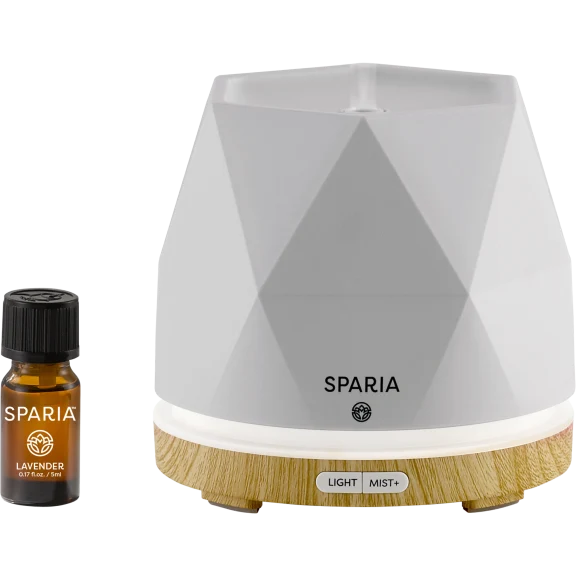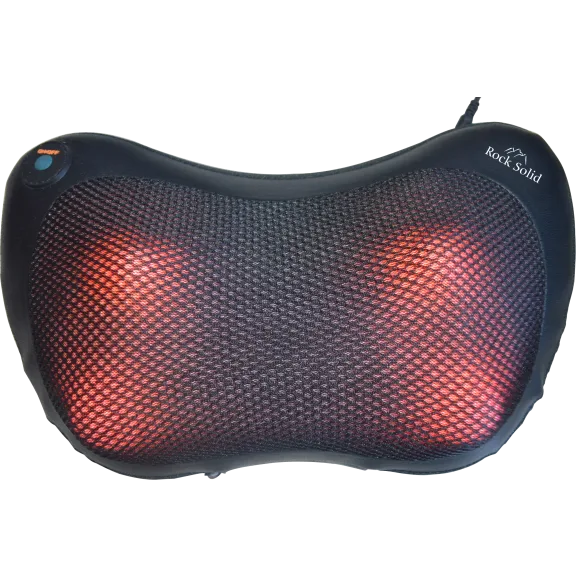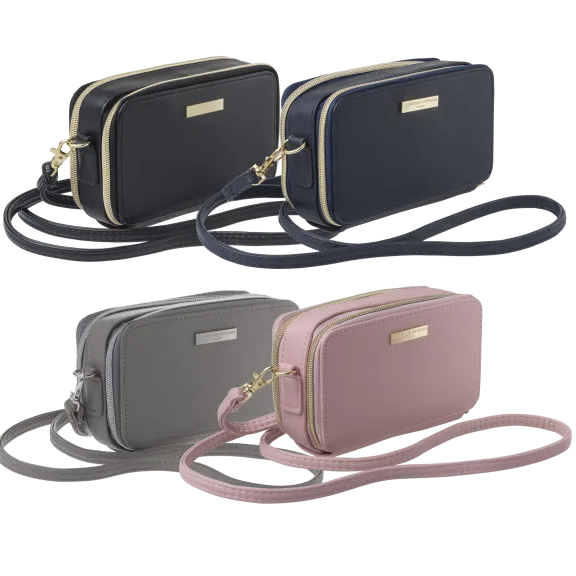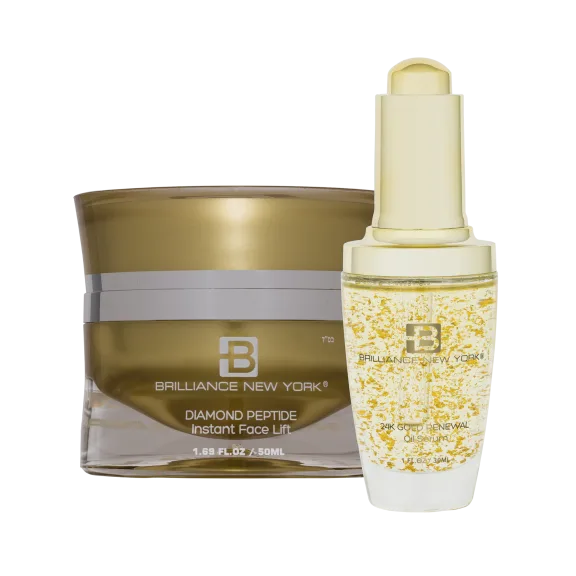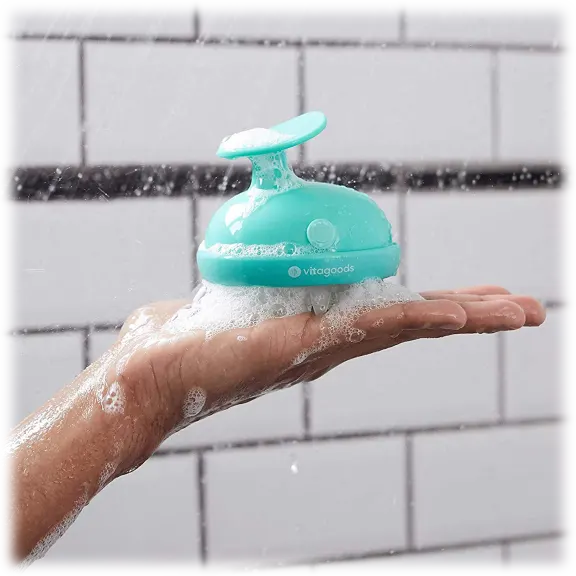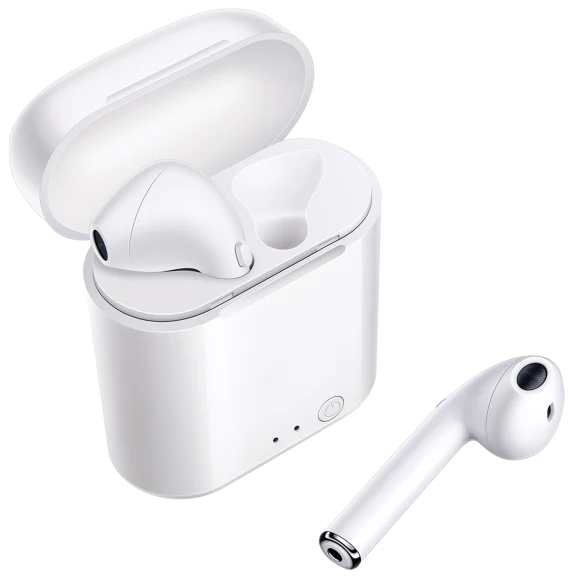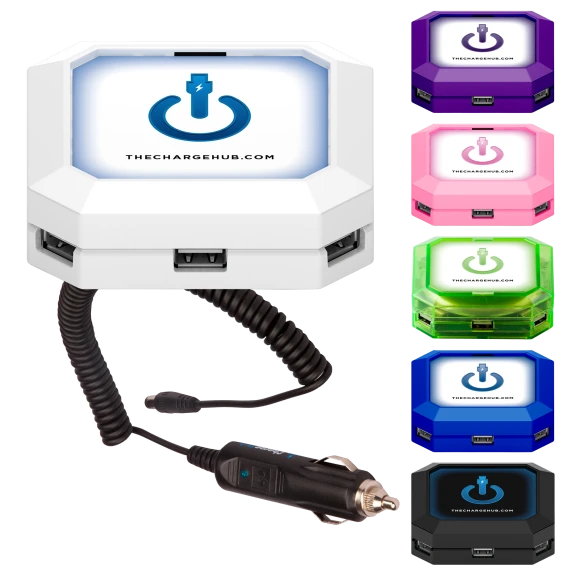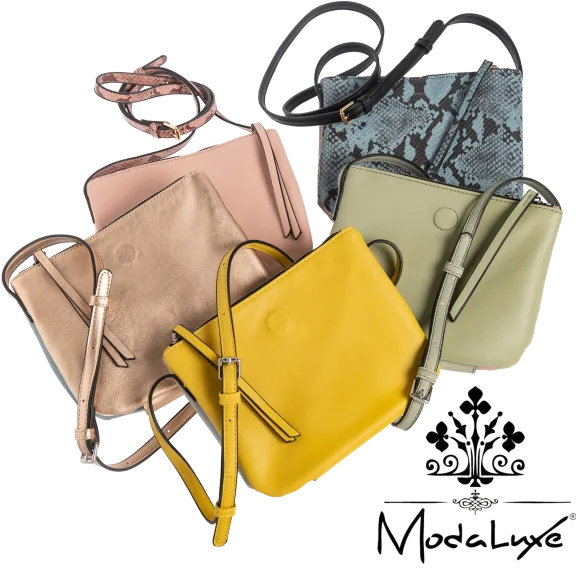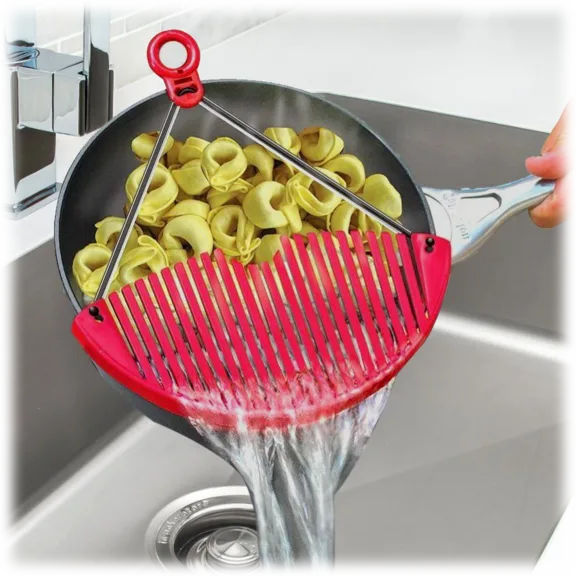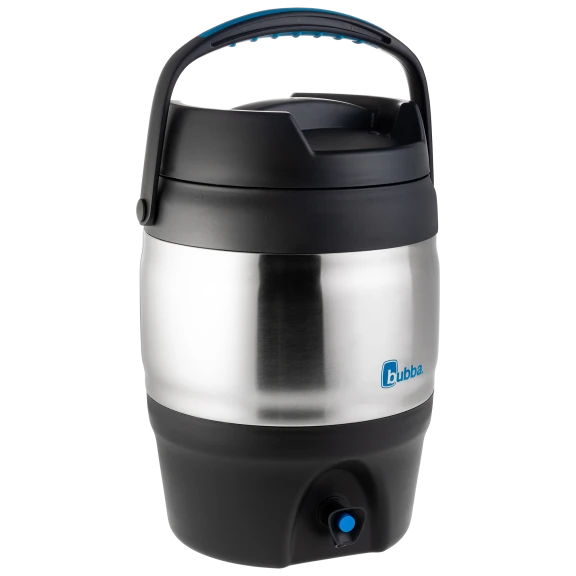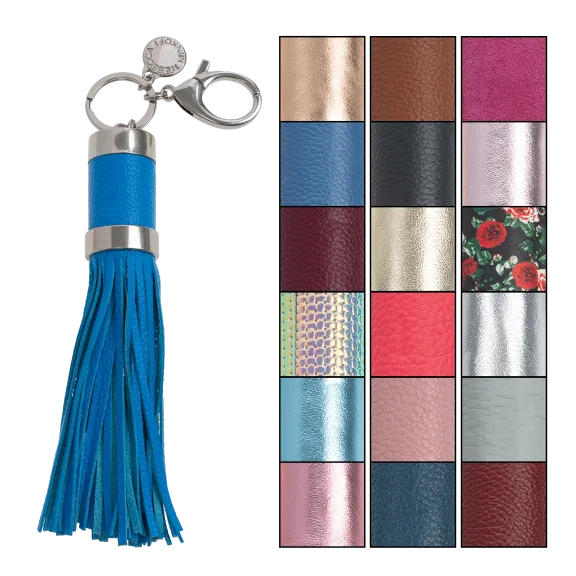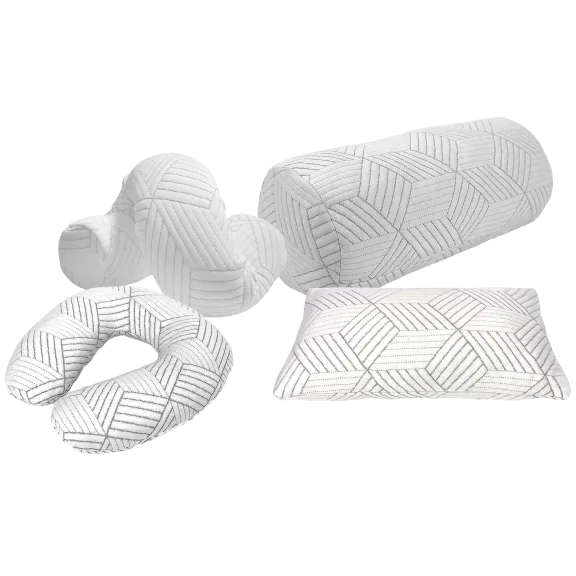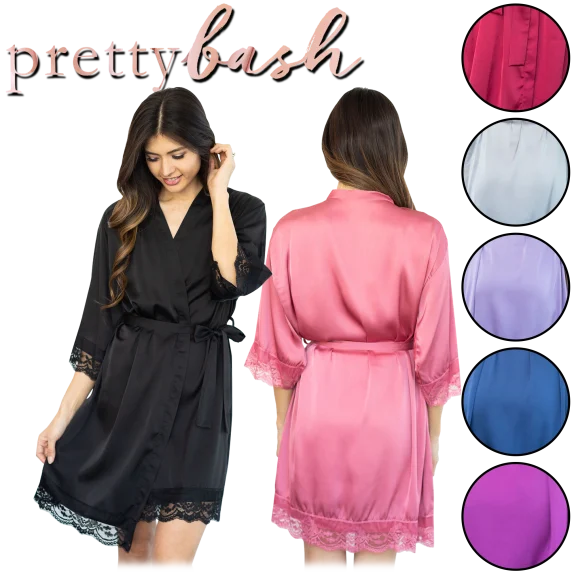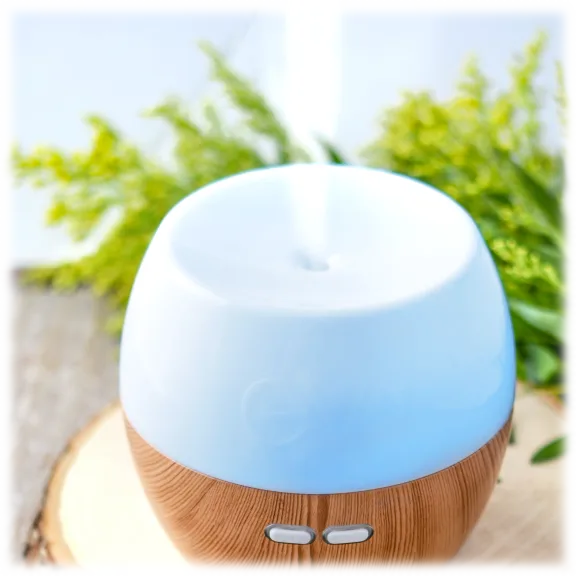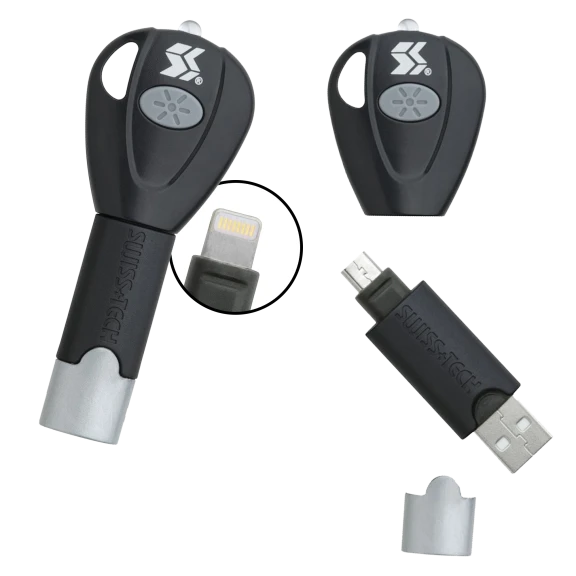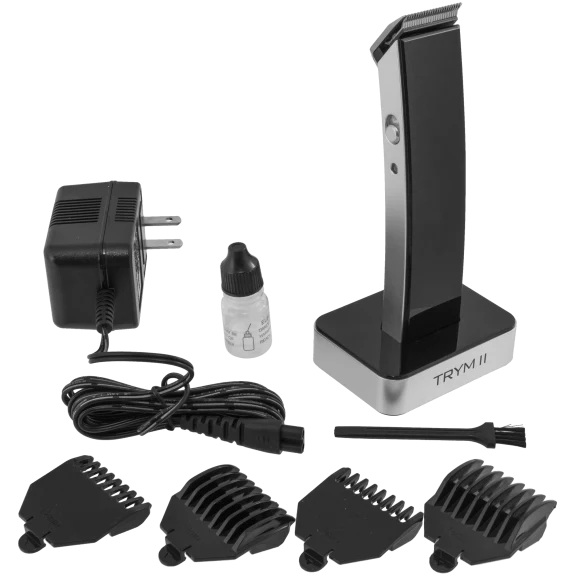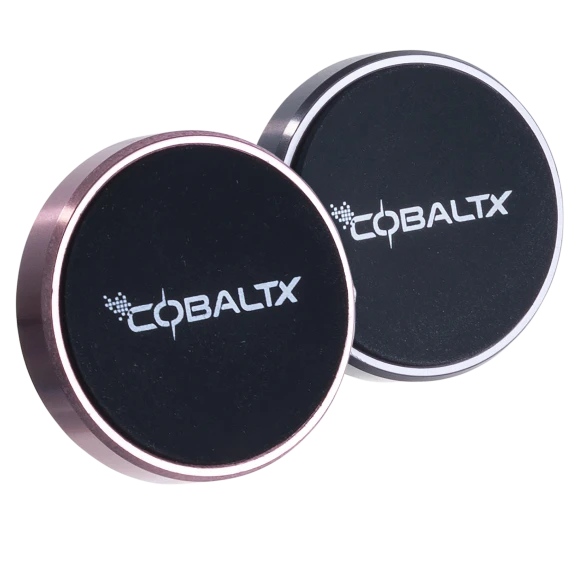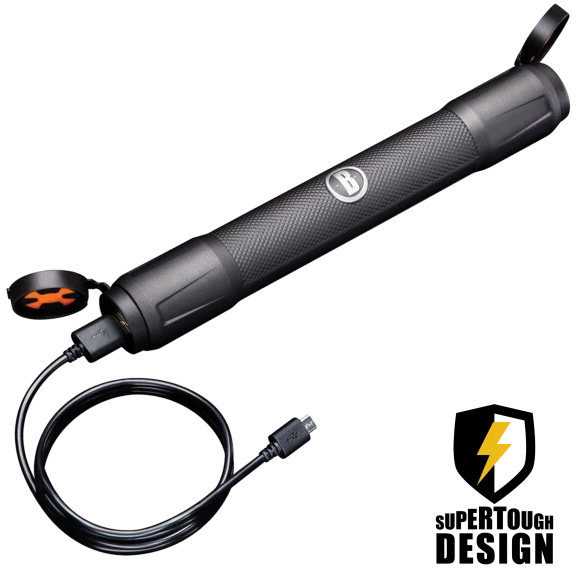The concept of a “smart bottle” is one of those things that will, if you’re like us, cause your eyes to roll momentarily back into your head before you realize: wait, that could actually be good.
Because let’s be honest, these things aren’t that smart. They don’t have retina sensors that allow you and you alone to open their lid and access their refreshing inner liquid. And they don’t run tests on your water so that they can automatically connect to your wifi and purchase Brita filters on your behalf based on the results.
They just, you know, track how much water you’ve been drinking.
Basically, you download the app to your iPhone or Android, and then you can set goals, see how many ounces of water you’ve consumed, and meet other well-hydrated singles in your area (just kidding).
The app will also keep track of your bottle’s water level and water temperature, which we guess could be useful if… uhhh… okay, look: you know how before we said that these things could “actually be good?” Well, we didn’t mean all the features were good. But you can ignore that stuff if you want.
Something you can’t ignore: while they’re supposed to be able to sync with your FitBit, it doesn’t always work. These seem to be issues with the FitBit app however, not the bottles, so at least you know that we’re not the ones selling garbage (this time).
Really, though, we like these bottles because they help us solve a great mystery we are faced with many afternoons: the case of the strange headache. So often we must conduct a true-crime-podcast-like retracing of our steps, attempting to calculate if the discomfort we’re suffering from is because we’ve had too much coffee, not enough coffee, or not enough water.
Finally, with these smart bottles, we’ll have some real data to work with! And that’s worth something, right?










